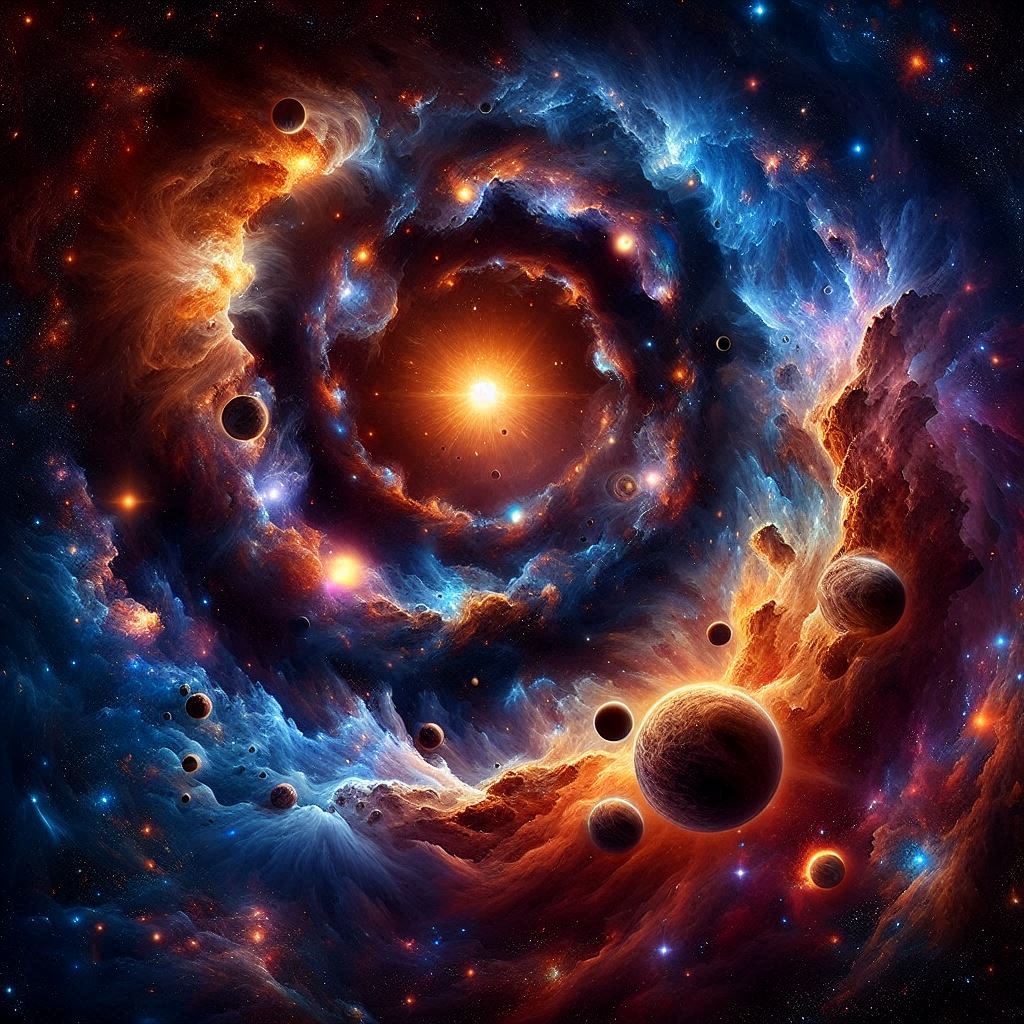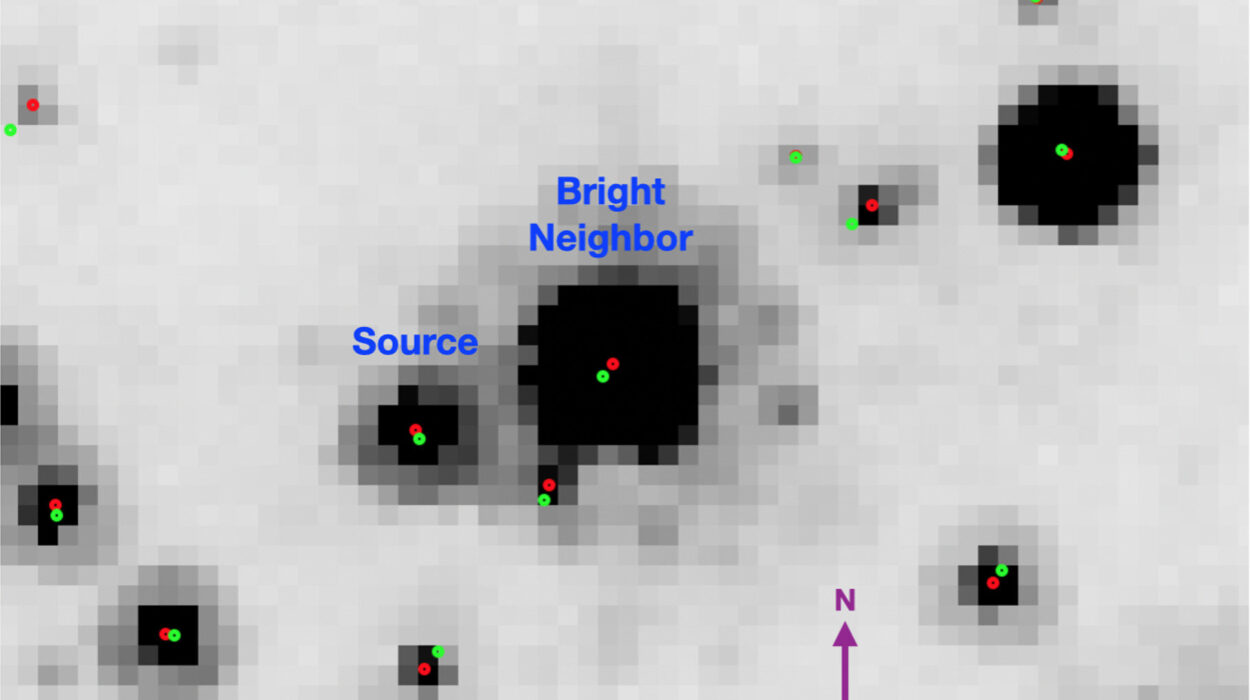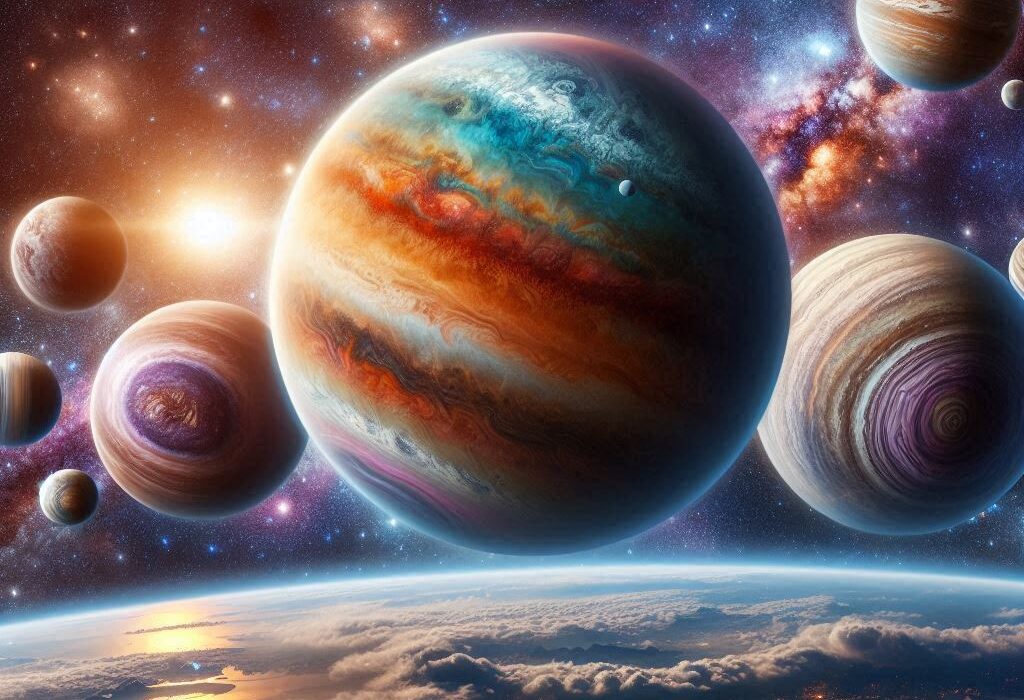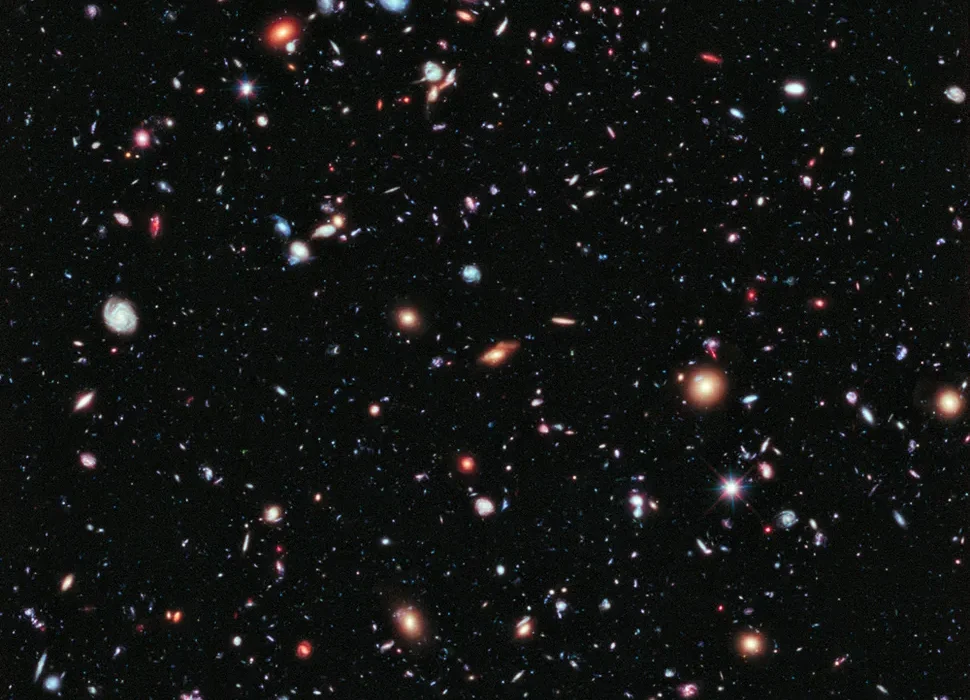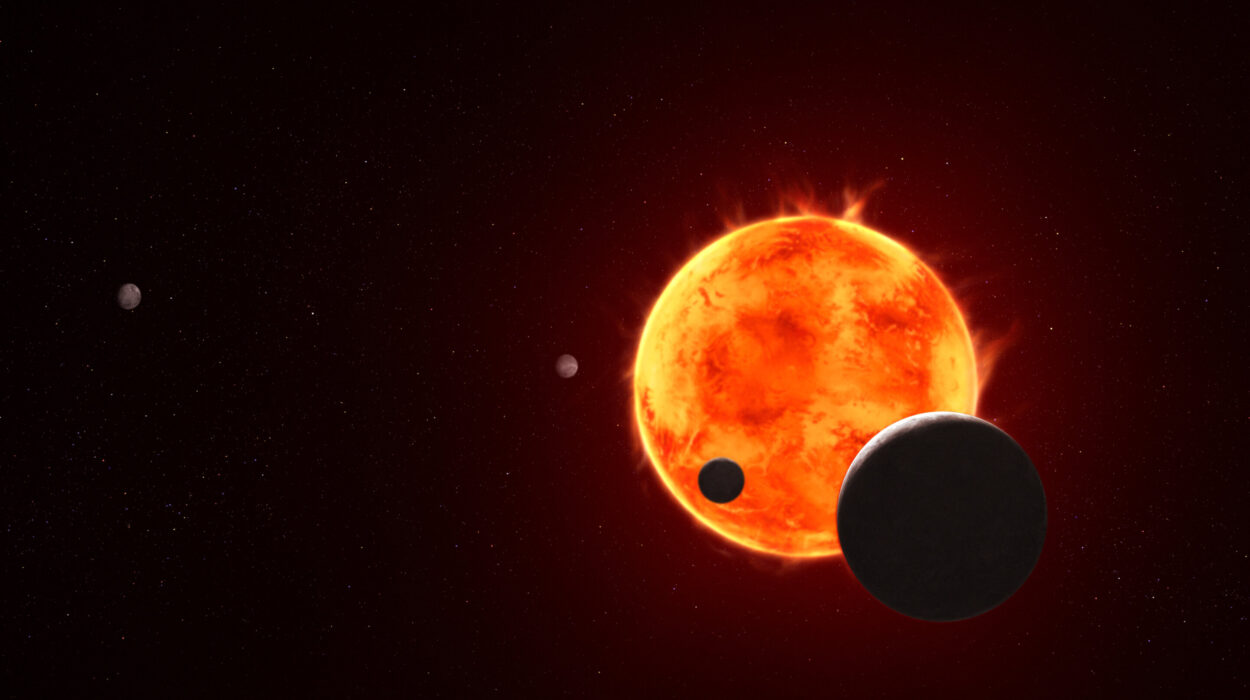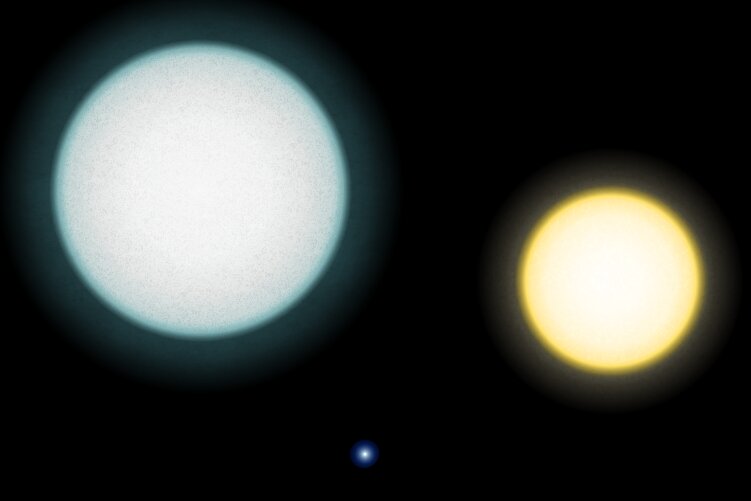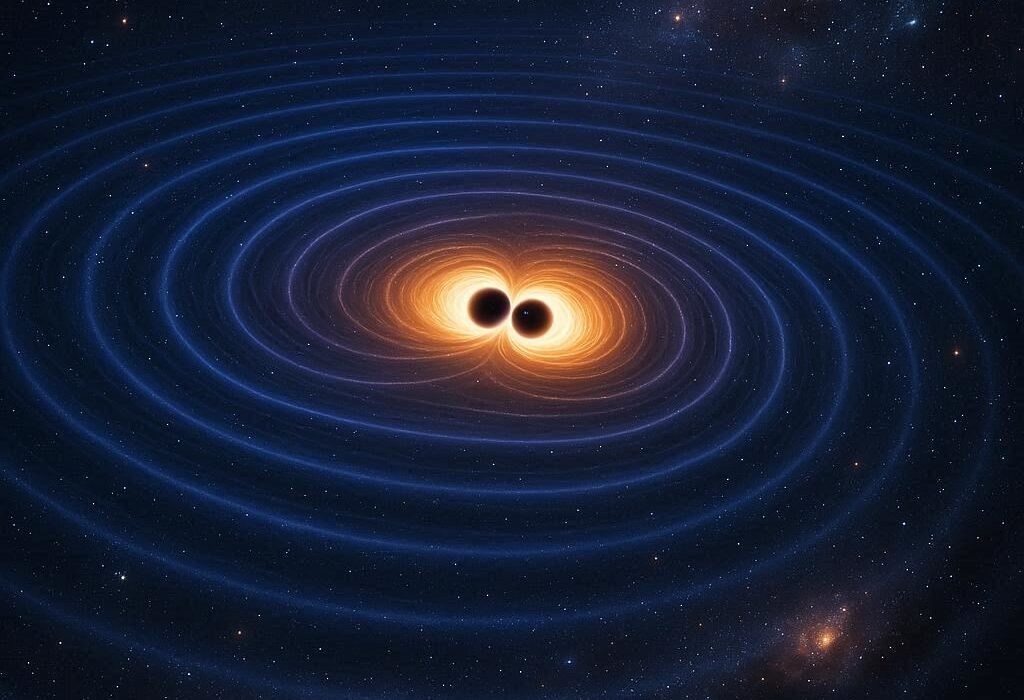Far above our heads, far beyond the clouds and the blue, daytime sky, lies a vast ocean of stars. Some shine steady and bright, while others flicker like ancient whispers of long-forgotten stories. These pinpricks of light seem eternal to us, steady companions in the night. Yet every star has a life story—a beginning, a middle, and an end. They are born, they live dazzling lives, and, in time, they die. But even in death, stars are generous, seeding the cosmos with the ingredients for new stars, new worlds, and even life itself.
This is the story of the birth and death of stars—a cosmic life cycle that has been playing out for billions of years. It’s a tale of gravity and light, of creation and destruction, of death and rebirth. And it’s a story we are intimately connected to, for the iron in your blood and the calcium in your bones were forged in the fiery hearts of ancient stars.
Welcome to the grand narrative of the cosmos.
Starstuff—The Building Blocks of the Universe
Before we can talk about the lives of stars, we have to start with what they’re made of. After the Big Bang, about 13.8 billion years ago, the universe was a simple place. Hydrogen and helium—the two lightest elements—dominated. Tiny traces of lithium and beryllium were sprinkled in, but that’s about it.
The heavier elements—the carbon that makes up the backbone of life on Earth, the oxygen we breathe, the iron that runs through our veins—didn’t exist yet. These heavier elements, known collectively as “metals” in astronomical terms, were forged later inside stars.
Stars are alchemists on a cosmic scale. They take simple atoms and, under immense pressures and temperatures, fuse them into heavier elements. Without stars, there would be no planets, no water, no life. As Carl Sagan famously said, “We are made of starstuff.”
Stellar Nurseries—The Birthplace of Stars
Stars are born in some of the most beautiful regions of the universe—vast, cold clouds of gas and dust called nebulae. If you look at a picture of the Orion Nebula or the Pillars of Creation in the Eagle Nebula, you’re seeing stellar nurseries where new stars are coming to life.
These regions are mostly made of hydrogen molecules. Left undisturbed, these clouds can drift quietly for millions of years. But a spark—a shockwave from a nearby supernova or the collision of two clouds—can set things in motion. Gravity takes over, pulling the gas and dust together into dense clumps.
The Protostar Stage: A Star is Born
As these clumps collapse under their own gravity, they begin to heat up. Deep in the core of the collapsing gas ball, temperatures soar to millions of degrees. When a forming star, or protostar, reaches a critical temperature and pressure, a miracle happens—nuclear fusion ignites.
Fusion is the process by which hydrogen atoms are smashed together to form helium. In the process, a tiny fraction of mass is converted directly into energy. This energy pushes outward, balancing the inward pull of gravity, and the star begins to shine. A star is born.
Life on the Main Sequence—A Star’s Prime Years
Once nuclear fusion begins, a star enters the longest and most stable phase of its life, called the main sequence. This is the phase our Sun is in right now and has been for about 4.6 billion years.
What Happens on the Main Sequence?
During this phase, the star burns hydrogen in its core, steadily converting it into helium. The energy from fusion radiates out from the core, providing the light and heat that we see. The balance between gravity pulling in and pressure from fusion pushing out keeps the star stable.
Size Matters: Stellar Mass and Lifespan
The mass of a star determines everything about its life:
- Small Stars (Red Dwarfs): These stars are the most common in the universe. They’re small, cool, and faint. They burn their fuel so slowly that they can live for trillions of years—longer than the current age of the universe.
- Medium Stars (like our Sun): These stars shine steadily for billions of years, but eventually, they run out of hydrogen fuel.
- Massive Stars: These cosmic behemoths live fast and die young. They burn through their fuel in mere millions of years. But their deaths are spectacular.
The Aging Star—Red Giants and Supergiants
Eventually, a star exhausts the hydrogen fuel in its core. What happens next depends on the star’s mass.
Sun-like Stars: The Red Giant Phase
When a star like our Sun runs out of hydrogen, the core contracts and heats up. This heats the outer layers, causing them to expand dramatically. The star becomes a red giant, swelling to many times its original size. Our Sun, for example, will expand so much it may swallow Mercury, Venus, and even Earth.
Inside the core, helium fusion begins, forming carbon and oxygen. But this phase can’t last forever. Eventually, the core runs out of helium too.
Massive Stars: Supergiants
For much larger stars, the process continues. After hydrogen and helium are fused, these stars can ignite heavier and heavier elements in their cores: carbon, neon, oxygen, and silicon. Each new fuel burns faster than the last, until the core is primarily iron.
But iron is a dead end. Fusing iron consumes energy instead of releasing it. When the core becomes iron, the star is living on borrowed time.
Stellar Deaths—White Dwarfs, Supernovae, Neutron Stars, and Black Holes
Stars don’t go quietly into the night. Their deaths are often as dramatic as their lives.
White Dwarfs: The Quiet Death of Small Stars
When a red giant sheds its outer layers, it leaves behind a hot, dense core—this is a white dwarf. White dwarfs are about the size of Earth but with the mass of a star. They no longer produce energy; they simply cool and fade over billions of years.
The outer layers that drift away from the dying star form a planetary nebula, a glowing shell of gas that can be breathtakingly beautiful.
Supernovae: The Explosive End of Massive Stars
Massive stars meet a much more violent end. When the core is iron, it collapses under its own gravity in a fraction of a second. The outer layers rebound off the core and explode outward in a supernova.
Supernovae are among the most energetic events in the universe, briefly outshining entire galaxies. The explosion scatters heavy elements into space, enriching future generations of stars and planets.
Neutron Stars and Pulsars
What’s left after the supernova depends on the remaining core’s mass. If the core is between 1.4 and about 3 times the mass of our Sun, it compresses into an incredibly dense object: a neutron star.
Neutron stars are so dense that a single teaspoon of their material would weigh billions of tons on Earth. Some neutron stars spin rapidly and emit beams of radiation from their poles—these are called pulsars.
Black Holes: The Cosmic Abyss
If the remaining core is more massive than about three solar masses, not even neutron degeneracy pressure can stop its collapse. It becomes a black hole, an object with gravity so strong that not even light can escape.
Black holes are mysterious and powerful, warping space and time around them. They can grow by consuming nearby matter, sometimes forming quasars, the brightest objects in the universe.
Rebirth—The Cycle Begins Again
The death of stars seeds the universe with heavy elements. Supernova explosions and planetary nebulae enrich interstellar clouds with carbon, oxygen, silicon, iron, and more. These materials become part of new nebulae, giving birth to the next generation of stars—and planets.
Our own solar system formed from such a cloud, about 4.6 billion years ago. The iron in your blood, the calcium in your bones, and the oxygen you breathe were once inside ancient stars. Some of those stars died in supernovae billions of years before our Sun was born.
Stars are not just distant points of light; they are cosmic engines that make life possible. In a very real sense, we are made of stardust.
The Ultimate Fate of Stars and the Universe
What happens when all stars are gone? Will the universe itself die?
Stars form from clouds of gas and dust, but over time, fewer raw materials remain. Eventually, star formation will slow down and stop. Existing stars will burn out.
- Red dwarfs will fade into black dwarfs.
- White dwarfs will cool into cold, dark remnants.
- Neutron stars will drift in the darkness.
- Black holes may slowly evaporate through Hawking radiation, vanishing after unimaginable lengths of time.
This leads to a cold, dark universe—sometimes called the Heat Death or Big Freeze. But this fate lies trillions upon trillions of years in the future.
Conclusion: We Are Stardust, Dreaming of the Stars
The life cycle of stars is a grand and humbling story. It’s a cosmic dance of birth, life, death, and rebirth that has been going on for billions of years. Stars light up the universe, create the elements of life, and die in spectacular ways that seed the cosmos with the potential for new beginnings.
And here we are—beings made of starstuff—looking back at the stars, trying to understand where we came from, and maybe, where we’re going.
Every time you look up at the night sky, remember: You are connected to those distant lights. You are the result of stars that lived and died long before our world even existed. You are a way for the universe to know itself.
